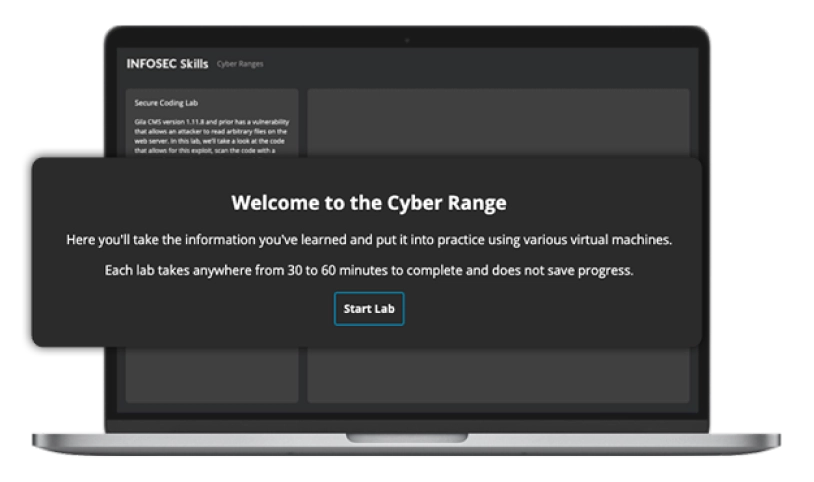
How to do application security right Learning Path
8 hours, 20 minutes
Quick facts
About this learning path
-
courses
100% online
-
Duration
8 hours, 20 minutes
-
Assessment
questions
About How to do application security right
Whether you are a technology leader, software developer or security professional, you may be struggling with some (or all) of the same ten problems that anyone trying to secure software systems struggles with. However, the conventional solutions to those common problems tend to be completely backwards. This path identifies the common misconceptions about application security and replaces those misconceptions with what to do instead. The stories, strategies and tactics you'll learn in this course are all based on decades of ethical hacking and security research. And you'll learn the ultimate payoff: how to convert your security investment into a competitive advantage that helps you earn more sales, faster.
Syllabus
Information Security Management Processes skill assessment
Assessment - 96 questions
Why take this course?
Course - 00:14:00
Start with the right mindset and the right partner
Course - 01:00:00
Choose the right assessment methodology
Course - 00:29:00
Get the right security testing
Course - 01:00:00
Hack your system
Course - 00:36:00
Fix your vulnerabilities
Course - 00:31:00
Hack it again
Course - 00:32:00
Spend wisely
Course - 00:46:00
Establish your threat model
Course - 00:43:00
Build security in
Course - 00:30:00
Use security to win sales
Course - 01:28:00
The details
Learning path insights
How to claim CPEs
Should you complete this learning path, you’ll be able to download a certificate of completion. Use this to claim your CPEs or CPUs.
No software. No set up. Unlimited access.
Skip the server racks and spin up a realistic environment with one click. Infosec Skills cyber ranges require no additional software, hardware or server space so your team can spend less time configuring environments and more time learning. Unlimited cyber range access is included in every Infosec Skills subscription so your team can skill up however they learn best.

Unlock 7 days of free training
- 1,400+ hands-on courses and labs
- Certification practice exams
- Skill assessments
Plans & pricing
Infosec Skills Personal
$299 / year
- 190+ role-guided learning paths (e.g., Ethical Hacking, Threat Hunting)
- 100s of hands-on labs in cloud-hosted cyber ranges
- Custom certification practice exams (e.g., CISSP, Security+)
- Skill assessments
- Infosec peer community support
Infosec Skills Teams
$799 per license / year
- Team administration and reporting
- Dedicated client success manager
-
Single sign-on (SSO)
Easily authenticate and manage your learners by connecting to any identity provider that supports the SAML 2.0 standard.
-
Integrations via API
Retrieve training performance and engagement metrics and integrate learner data into your existing LMS or HRS.
- 190+ role-guided learning paths and assessments (e.g., Incident Response)
- 100s of hands-on labs in cloud-hosted cyber ranges
- Create and assign custom learning paths
- Custom certification practice exams (e.g., CISSP, CISA)
- Optional upgrade: Guarantee team certification with live boot camps

